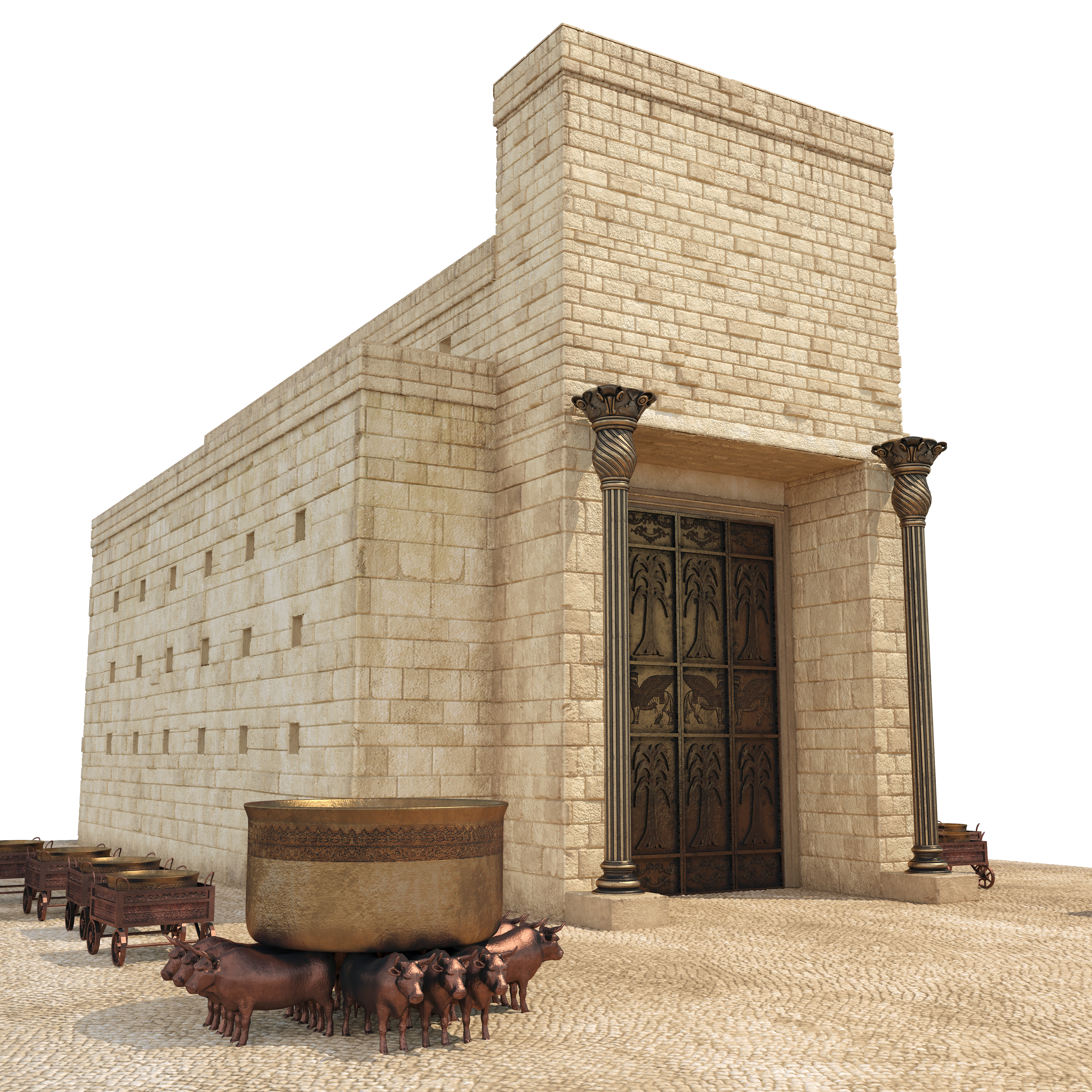
King Solomon, ruler from about 970 B.C. through 931 B.C., had both wealth and wisdom beyond compare.
One source (didn’t make note of it at the time and won’t bother looking for it again) suggested his wealth was in the range of $2.2 trillion dollars in current measurement. Yes, trillion, as in 1,000 billion.
His wisdom is described in 1 Kings 4:30-31:
“Solomon’s wisdom was greater than the wisdom of all the people of the East, and greater than all the wisdom of Egypt. He was wiser than anyone else… (NIV)
Since this blog ponders ancient finances, the next few posts will lightly touch on some indications of Solomon’s wealth. First Kings and Second Chronicles contain some indications of his wealth than can be quantified.
Number of horses and chariots
The texts contain references to the number of chariots and horses owned by King Solomon. First issue to ponder is a supposed conflict in text.
Consider the following:
1 Kings 4:26:
Solomon had forty thousand stalls for chariot horses, and twelve thousand horses. (NIV)
2 Chronicles 1:14:
Solomon accumulated chariots and horses; he had fourteen hundred chariots and twelve thousand horses, which he kept in the chariot cities and also with him in Jerusalem. (NIV)
2 Chronicles 9:25
Solomon had four thousand stalls for horses and chariots, and twelve thousand horses, which he kept in the chariot cities and also with him in Jerusalem. (NIV)
I glanced at how several commentators addressed the difference in numbers and chuckled. Some conceded the bible has errors. The others put their brains to work and looked carefully at the text. I side with those who put their brains to work.
Lets look at the comments:
- 1 Kings 4:26 – 40,000 stalls for chariot horses, and 12,000 horses.
- 2 Chronicles 1:14-17 – 1,400 chariots and 12,000 horses,
- 2 Chronicles 9:25 – 4,000 stalls for horses and chariots, and 12,000 horses
A very simple way to bring all these together is to pay attention to the 4,000 number in 2 Chronicles 9 which is the number of stalls for chariots and horses for the chariots, not including space for the horses for the cavalry while 1 Kings 4 is referring to the housing space for both the horses to draw chariots and mounts for cavalry.
With chariots at the time being drawn by two horses, the approximate space to house the horses and chariots would be:
| chariots | 1,400 |
| horses per chariot | 2 |
| number of horses | 2,800 |
| chariots plus horses to draw them | 4,200 |
That rough estimate of needed storage space corresponds quite well to the cite of 4,000 stalls for horses and the chariots they draw.
The 40,000 stall number is easily addressed by looking at the total space needed for Solomon’s constantly expanding wealth and his vast trading network, including thriving business of importing horses from Egypt and selling them to the Hittites and Arameans. Also keep in mind that cavalrymen often went to war with a spare warhorse. Spares would be needed for chariots as well. Without spares, horses would be tired before getting to battle and there would be no cushion for some animals dying before a campaign even started.
Let’s assume a mere 1:1 set of spares for the cavalry and charioteers.
So, the housing space needed for horses would be:
| chariots | cavalry | |
| chariots | 1,400 | |
| horsemen | 12,000 | |
| warhorses each | 2 | 1 |
| horses | 2,800 | 12,000 |
| 1:1 reserves | 2,800 | 12,000 |
| total horses | 5,600 | 24,000 |
| total | 29,600 | |
| number of stalls | 40,000 | |
| extra horses/extra stalls | 10,400 |
With 1,400 two-horse chariots and 12,000 horsemen plus a 1:1 spare, that means Solomon had about 29,600 horses. With 40,000 stalls, that leave room for another 10,400 horses used for breeding or in export business. Or it leaves space to move around hundreds of chariots or thousand of horsemen for maneuvers or as defensive/offensive posturing for what distant enemies may be doing.
I’m quite comfortable with saying the 4,000 / 40,000 numbers are perfectly consistent with each other.
Other discussion: Cost of Egyptian chariot
Next post: weight of shekel, value of horses & chariots, and operating costs.